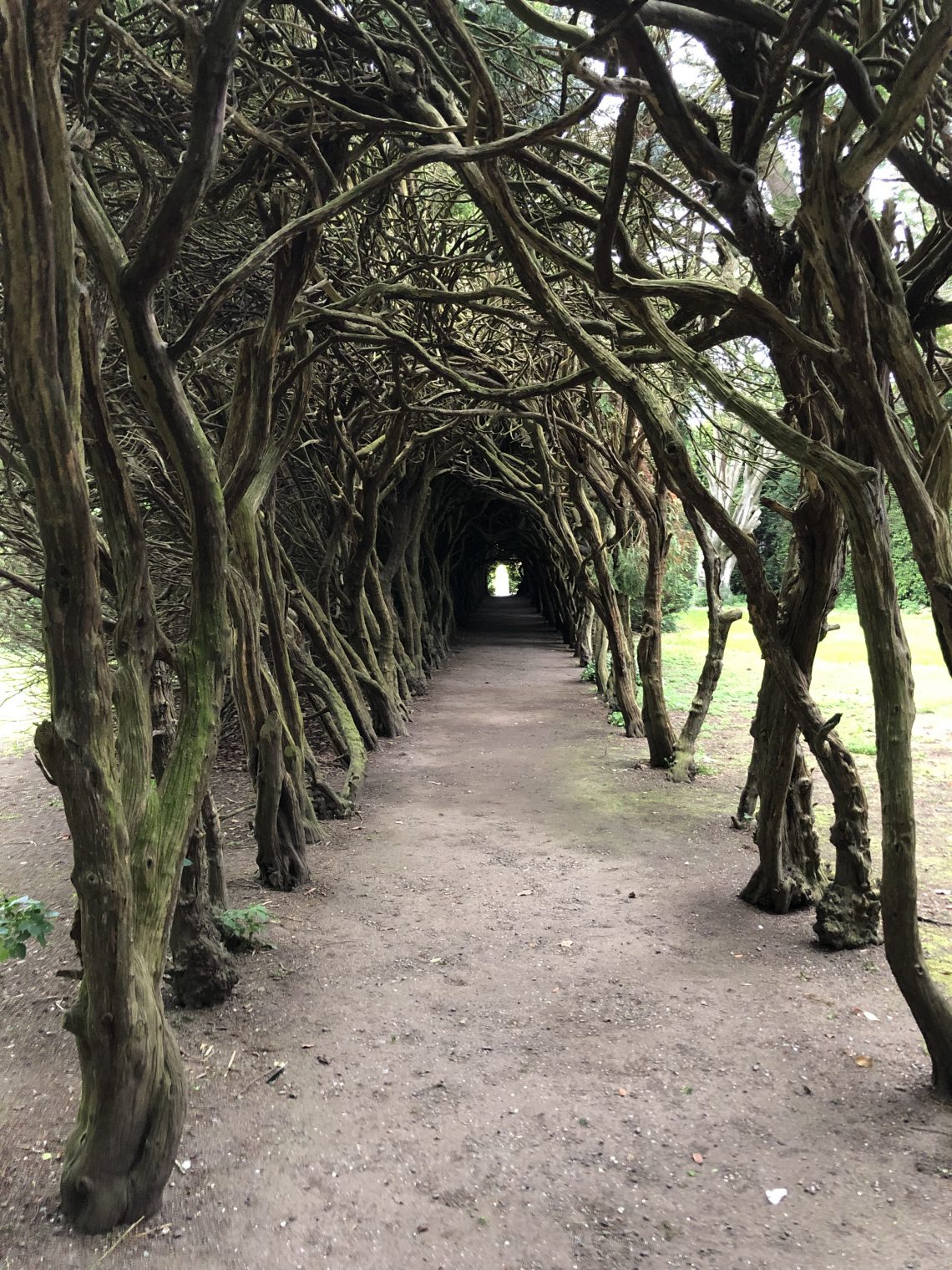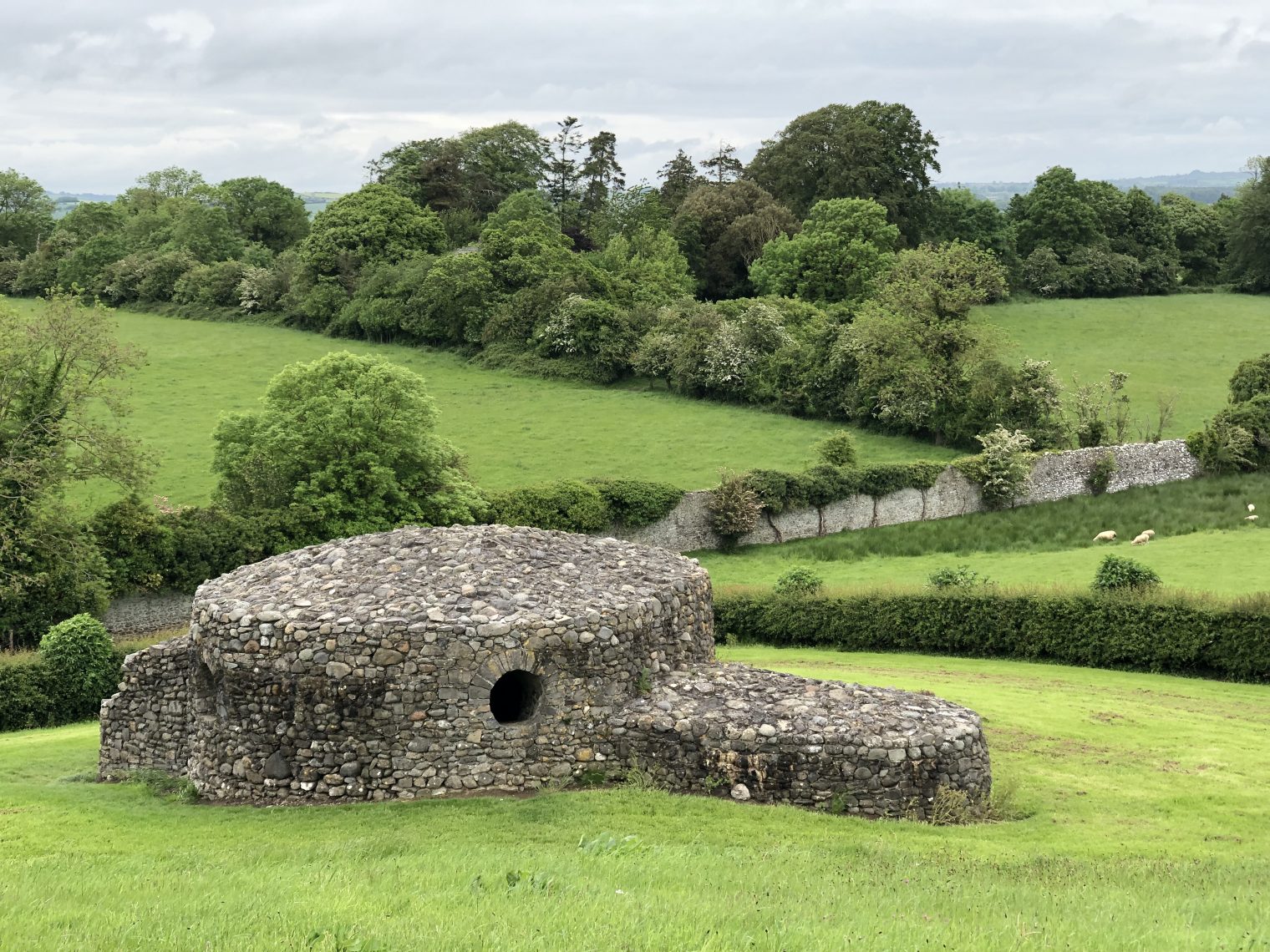What if the License Raj in a U.S. state makes it illegal to operate K-12 schools once again, as was done in most states back in March? Could American rebels reboot the Irish hedge school tradition? From Wikipedia:
Hedge schools (Irish names include scoil chois claí, scoil ghairid and scoil scairte) were small informal illegal schools, particularly in 18th- and 19th-century Ireland, designed to secretly provide the rudiments of primary education to children of ‘non-conforming’ faiths (Catholic and Presbyterian). Under the penal laws only schools for those of the Anglican faith were allowed. Instead Catholics and Presbyterians set up highly informal secret operations that met in private homes.
Historians generally agree that they provided a kind of schooling, occasionally at a high level, for up to 400,000 students by the mid-1820s. J. R. R. Adams says the hedge schools testified “to the strong desire of ordinary Irish people to see their children receive some sort of education.” Antonia McManus argues that there “can be little doubt that Irish parents set a high value on a hedge school education and made enormous sacrifices to secure it for their children….[the hedge schoolteacher was] one of their own”.
While the “hedge school” label suggests the classes took place outdoors (next to a hedgerow), classes were normally held in a house or barn.
From my rain-soaked May/June 2019 trip to Ireland:
Related:
- https://philip.greenspun.com/blog/2020/05/21/plague-proof-florida-and-texas-with-shaded-outdoor-classrooms/ (actually do the education outdoors under backyard shade structures)




No matter what the raj does a lot of kids ain’t going back. Parents have been arranging homeschooling among neighbors already. There are going to be tons of ‘one room’ schoolhouses run by trophy moms for their kids and their friends kids. It will be fun to watch the public school industrial complex flip out when they realize they aren’t all that powerful.
I am going to homeschool my child for the first time this year, and I’ve been talking to other parents in my area who have been homeschooling their children for years.
According to the parents I’ve been talking to, you really want to scale this a bit larger than you can fit into a single dining room (most of us don’t have massive open-plan McMansions). You want to be able to share responsibilities among more than just a couple sets of parents. There are homeschooling co-ops in my area that have been operating out of community centers and churches, but now those places have to abide by the same social distancing regulations as everyone else so the homeschoolers find them unsuitable. There is indeed talk of just meeting outdoors in parks when the weather cooperates.
I know one parent who has simply started holding regularly scheduled classes on Skype for whoever wants to show up. That may end up being the model: meet outdoors when the weather is good, meet online when it isn’t.
That’s the 1st photo of Greenspun driving something without wings.
The likely upshot is that at least in urban centers those with money have already or will flee either to schools or school districts that are functioning or to home schooling. Inner city youths will will thus fall even further behind. Sounds like something for the BLM movement to take up.
MA just released the protocol suite for schools. It’s 19 pages long and I think after a few weeks / months there are going to be a lot of people who decide the entire effort is untenable.
Under the rules, a handful of positive cases in a school will be knocking out classrooms and sections of a school for weeks at a time. I don’t see how they can provide an effective learning environment if even just a handful of people in any school test positive. They’re going to be training bus drivers to spot possibly symptomatic children, who then have to go through the protocols, along with all their close contacts. All students 2nd grade and above must wear masks at all times, and if anyone in a Kindergarten or 1st grade “cohort” was exposed, they have to wear masks, too.
I’m not saying it’s impossible, but it’s going to be a doozy of a challenge.
https://www.scribd.com/document/469812421/Protocols-for-Responding-to-COVID-19-Scenarios#fullscreen&from_embed
In school settings close contacts include other students and staff who were within 6 feet of the student or staff for at least 10-15 minutes in a classroom, in other school spaces, on the bus, or a tan extracurricular activity. In elementary and other school situations where the students are in self-contained classrooms for an extended period, all students/staff within this
“cohort” are considered close contacts as they may have been within 6 feet of the person with a positive test result. Possible close contacts should not come back to school until they have been tested (or elected instead to self-quarantine for 14 days). If an individual tests positive for COVID-19, then self-isolation is for a minimum of 10 days and until at least three days have passed with no fever and improvement in other symptoms as noted. If the test is negative, the student/staff can return to school if asymptomatic and wearing a mask.